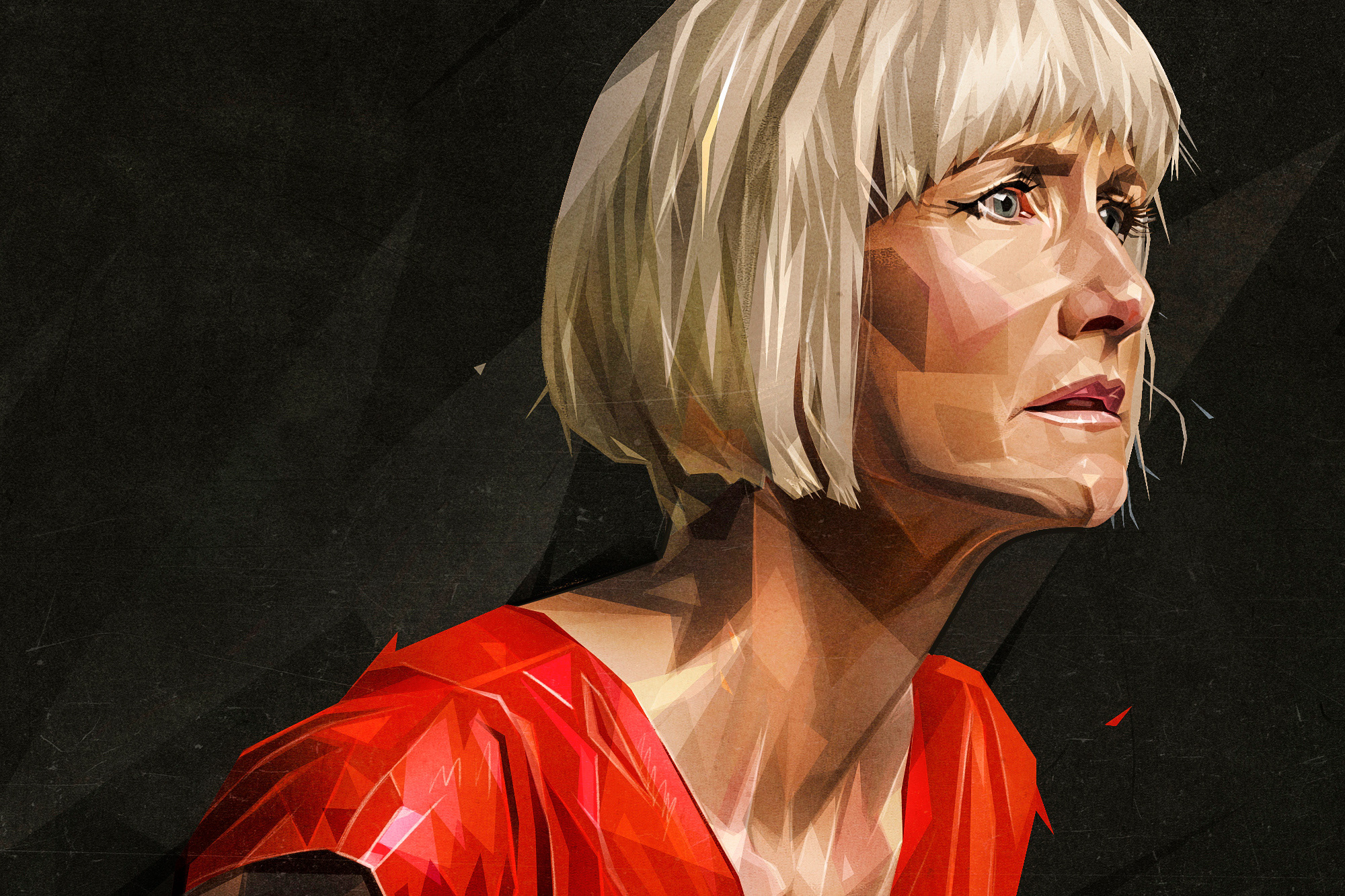
The US Marine Corps needed a simulation system for their Combat Amphibious Assault Vehicles, and I was part of the team that provided the 3D visuals for it. We partnered with a company in Germany for the development of the system, everything from the splash screen to the hardware installation on bases around the world. I was a key developer of the terrain for this project, performing most of the work on the design and construction of the high resolution 3D environment.
We began with a visual database - or "game level" - that our German partners had developed for another system. This wasn't exactly what the Marines needed, so I consulted with their representatives to determine the exact training needs. Together we arrived at a plan to expand this piece of terrain into a massive island measuring 35 kilometers across, including dense urban areas, remote villages, an airfield, and a huge variety of natural features.
In order to facilitate the training goals, much more specific terrain was added in the process. This included various types of beaches and inland waterways for amphibious operations, and rolling hills leading into rugged mountains. I also designed detailed areas for tactical driving tasks and combat scenarios based on input from Subject Matter Experts.
Existing 3D models were modified and implemented alongside newly built structures, and an extensive network of roads was needed to connect everything and lead to various areas of the island that were designed for different training tasks. Multi-lane highways, 2-lane roads, narrow dirt roads and assorted bridges were laid out, and the terrain was nearly complete.
Existing 3D models were modified and implemented alongside newly built structures, and an extensive network of roads was needed to connect everything and lead to various areas of the island that were designed for different training tasks. Multi-lane highways, 2-lane roads, narrow dirt roads and assorted bridges were laid out, and the terrain was nearly complete.
It didn't end there, since the Marines needed to be able to train in 4 distinctly different regions of the world. This meant that I had to design the island in a way that I could "re-skin" it to provide them with the best possible training environments. The resulting 4 versions of the island each shared the same topography, rivers, roads, built-up areas, and farmland, but they all looked and felt unique when immersed in training.
The project delivered 4 different islands, each based on a common 3D mesh that was loaded with different content depending on the training scenario. This allowed us to represent a rugged middle-eastern desert, a dense sub-tropical jungle, a lush Asian setting, and a savannah-like west-African region. This required a complete set of regionally correct vegetation and ground surface details for each region, as well as buildings and other man-made structures that fit the scene.
In the end, the Marine Corps had a new system to train Amphibious Assault Vehicle Crews from ship-to-shore, and they could now perform many important training tasks in multiple environments and weather conditions.






